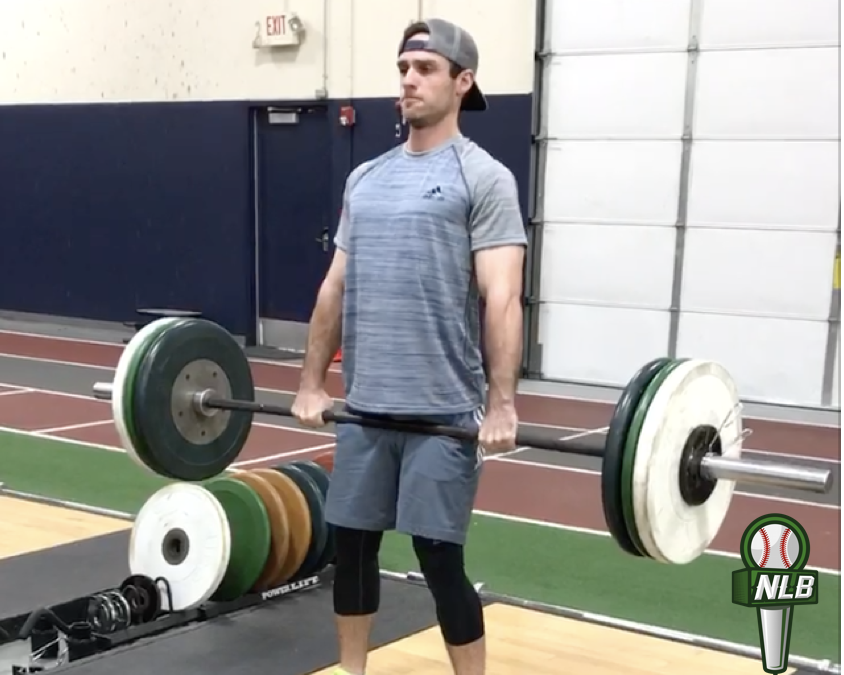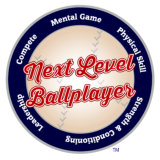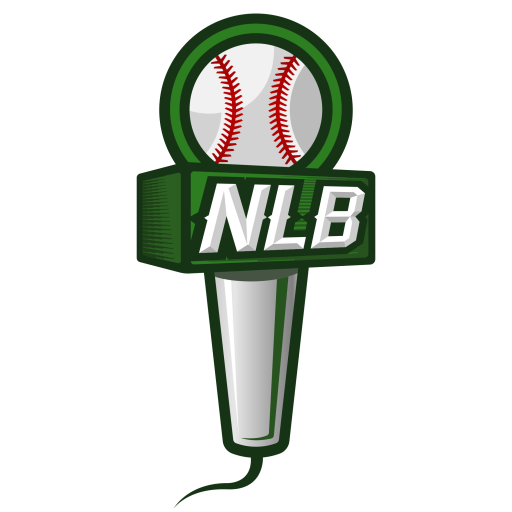The role of a strength coach for baseball players is often misunderstood. When people think of strength, the first thing that comes to mind is often big muscles, heavy deadlifts, and workouts that push you to your limit. While those certainly do play a role in an offseason, that is not my sole focus as a strength coach.
At the beginning of every offseason, I cannot stress enough that my primary focus is to make sure that my athletes are healthy and durable enough to withstand the 6 month grind that is the professional baseball season. Coach Eric Cressey once said, “The two greatest attributes are durability and availability.” Meaning that you can be the strongest and best player on the team, but if you cannot stay healthy and on the field then you aren’t much help.
For most of my athletes this comes in the form of stretching, single leg and arm exercises, and a lot of core and stability drills. Then, once we have fixed any muscle imbalances and injuries our athletes might have, my next focus is to make them athletic. This term is often very misunderstood. Athleticism is not strength alone. Rather, it is the ability to move quickly, fluidly, and efficiently on the field. You see many guys that can bench press 315 pounds, but can’t put their arms over there head; or guys that can squat 400 pounds but can’t touch their toes. My job is to make sure my athletes can run, jump, rotate, and change direction faster and better than anyone else.
This part of the offseason will see a lot of running technique, footwork drills, and some heavier weights on some of the lifts. The final part to the offseason is making sure my guys are feeling good and ready for sport specific demands. This becomes more of a maintenance phase than anything else. We start to bring down the volume and intensity of the workouts to make sure my guys are not worn down for spring training, while also adding as many sport specific exercises (i.e. rotational exercises) as possible so their body is primed and ready. At the end of those 3 phases of the offseason, the goal is for each athlete to be stronger, faster, more powerful, and most importantly fully healthy.
The last thing to remember is that those 3 phases may look different for each athlete. Each player will most likely have different needs than the next. Some are strong, some are fast, some aren’t flexible, and we always train to bring up the athlete’s weakness. Talk to your guys, get to know them, and let them have some fun with it. Even professional athletes need to be able to enjoy at least parts of their program to get the most out of it. If you can get your athletes to buy in and enjoy the process, all while developing health and overall athleticism, you are a successful strength coach.
*Jacob Buffa is the Co-Founder and Director of Human Performance for FitTank Athletics. He started running his first gym at 21 years old in Springfield, MO where he also graduated from Missouri State with a Bachelors of Science. He has a focus in both sports performance training as well as a return to sport program helping athletes get back on the field after injury. He has worked with athletes of all levels from youth all the way to the professional ranks. Jacob works with athletes in all field sports, but has a specialty in baseball. He has worked with players representing teams such as the Dodgers, Cardinals, Giants, Blue Jays, Diamondbacks, and Red Sox.



